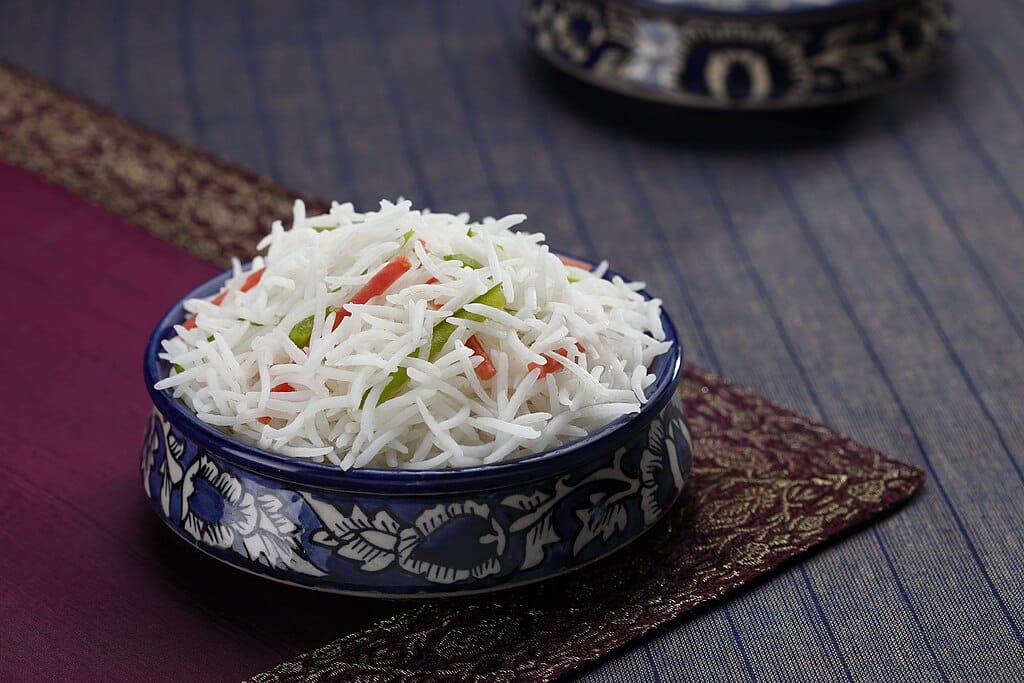

A group of university students has recreated a Chinese rice dish based on a 2,000-year-old recipe from the Western Han Dynasty, bringing ancient cooking traditions back to life after the discovery of a rare manuscript in a tomb.
The project, led by students from Hunan University and China Agricultural University in Beijing, aimed to understand how people in early China prepared and ate their food. Their work centered on the Shi Fang manuscript, an ancient text unearthed from the tomb of Wu Yang, a senior Han official buried in what is now Yuanling County, Hunan Province.
The bamboo slip manuscript outlines how rice and other ingredients were prepared during the Han Dynasty (202 B.C.–A.D. 8). Though fragmented and written in outdated characters, the text offers valuable clues into early Chinese culinary culture.
“In the ‘Culinary Culture in Hunan’ course, I first encountered the Shi Fang manuscript,” said Luo Jiayi, a student at Hunan University. “Cooking rice from the Western Han Dynasty period has deepened our appreciation for the richness and allure of traditional Chinese culture.”
The student team, guided by associate professor Shi Jian of Yuelu Academy, was divided into groups for research, cooking, filming, and design. They came from a mix of disciplines, including history, philosophy, design, and food studies. Together, they worked to decode the ancient recipe and adapt it to modern conditions.
Xiong Yuxuan, a student in the research group, “Many of the bamboo slips are fragmented, and the meanings of some ancient characters have evolved over time.” She explained that there were no cooking times listed.
A team of students in China recently gave suggestions as to what rice might have tasted like in the country two millennia ago, with these suggestions based on their study of an ancient document. Notably, 60 percent of China’s population currently eats rice as a staple food. pic.twitter.com/Lq5QmYndIX
— China-India Dialogue (@ChinaIndiaD) April 30, 2025
To match the rice described in the manuscript, the team selected a variety similar to what was grown in Han-era Hunan. Instead of the ancient yan steamer, which is rarely seen today, they used a traditional wooden zengzi steamer and clay pots still used in rural villages.
Under the guidance of master chef He Junxian, the team refined the cooking process for the Chinese rice dish. According to People’s Daily, the rice was soaked for 30 minutes, steamed for 20 minutes, cooled, then steamed again with water for 15 minutes. The result was soft, slightly springy rice with a mild texture and lower sugar content.
“Combining Han-era techniques with modern technology allows students to tap into ancient wisdom,” said Shi. Chef He added that these techniques might inspire new dishes in today’s restaurants.
Peter Brian Ditmanson, an American professor at Yuelu Academy, called the dish “comfort food” after tasting it. He said he plans to promote the project on global platforms like TikTok.
As the birthplace of rice farming, China holds deep ties to its grain-based traditions. The earliest signs of rice cultivation, dating back 10,000 years, were found in Hunan. Today, around 60% of China’s population relies on rice as a staple.
Encouraged by the rice project’s success, the team now plans to revive more dishes from the Shi Fang manuscript, including chicken soup and steamed fish, to explore the broader food culture of ancient China.
